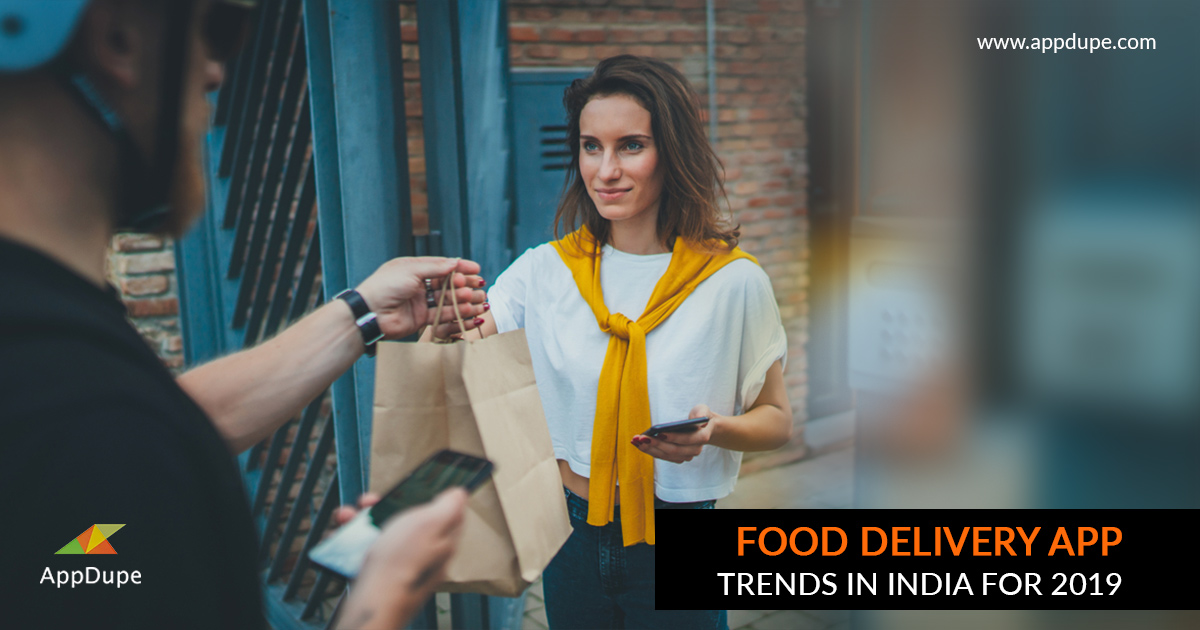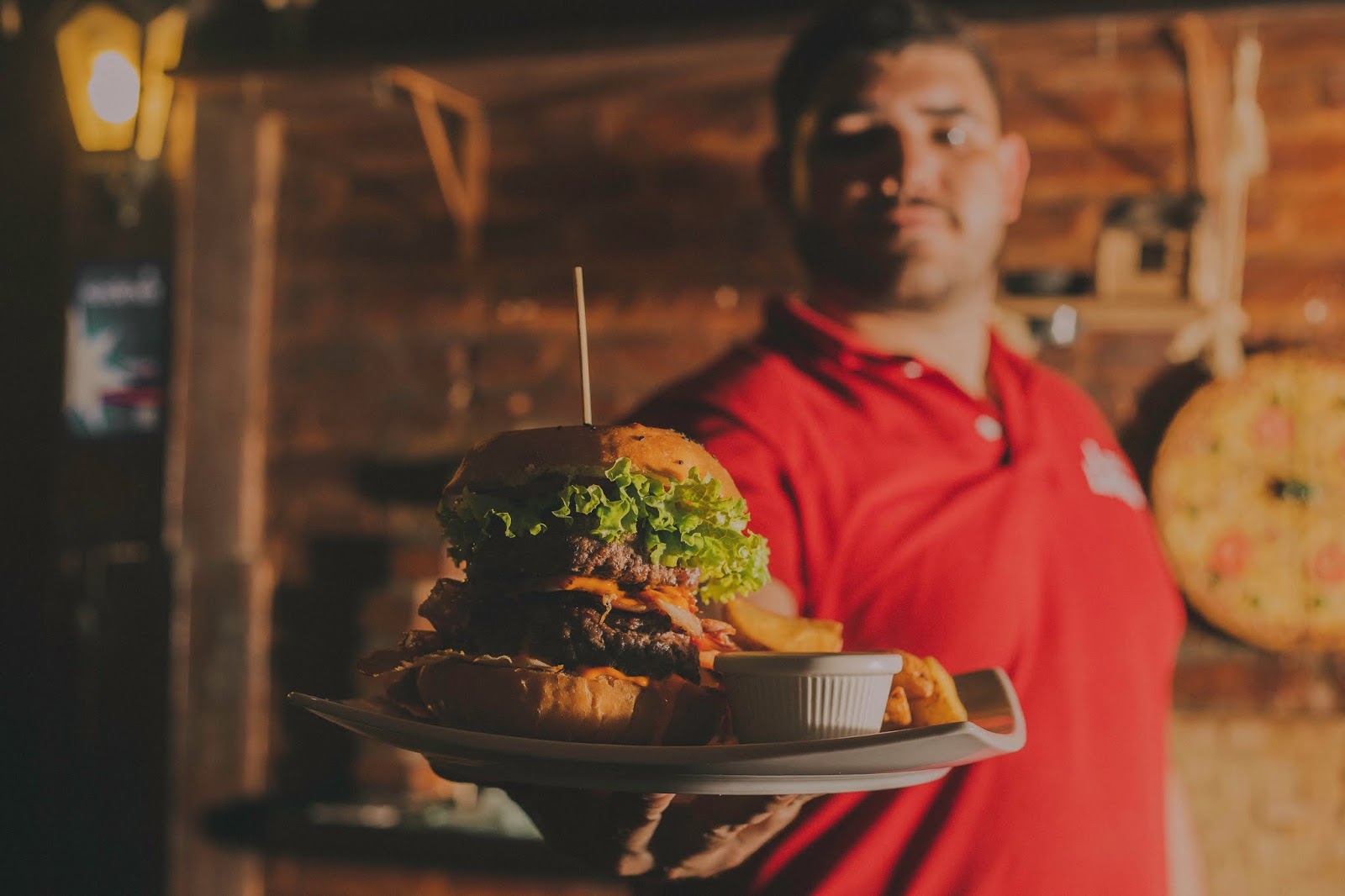Food Delivery App Trends In India For 2019
Thanks to the proliferation of smartphones and cheaper data rates, Indians are accessing the internet like never before. Kantar IMRB, a research agency, estimates that over 627 million Indians will use the internet by the end of 2019. Moreover, it was found that 97% of users use their phones for the internet! A testimonial to these growth figures is the phenomenal increase in the use of online services. Today, almost everyone loves to purchase goods online or even prefer to watch movies on a streaming platform. Food delivery apps are no different.
Platforms like Swiggy and Zomato are posting double-digit growth rates and attracting billions of dollars in investments. Coincidentally, not very long ago, the two aggregators were accorded the status of a Unicorn. Factors such as changing lifestyles, occupational migration, and increased incomes have made food delivery apps a hit among customers. With food delivery app development solutions readily available, anybody can launch a platform in no time. However, what market trends should an entrepreneur planning to enter this space know of? This article will enlighten you.
Focus On Tier-II And Tier-III Indian Cities
The battle to expand operations to the non-metropolitan regions of the country is heating up. Zomato, Swiggy, and Uber Eats are aggressively pushing for growth in smaller Indian cities. This year alone, close to 300 new locations have been added to the ambit of the aggregators. What’s more, this is improving employment statistics in these cities while also helping small eateries and restaurants expand their business.
Introduction Of Premium Services
Subscription plans offering additional services is slowly becoming commonplace among the different apps. They provide features like delivery fee rebates, priority service, seasonal discounts, exclusive offers, and much more. This service is targeted towards users who frequently use the platform. This not only rewards the users but also helps increase brand loyalty.
Steps To Improve App Installation Rates
Despite a large number of internet users in the country, food delivery applications have only penetrated a fraction of the market. According to Unomer, only 12% of Indian smartphone users have the Zomato app installed while Swiggy is at 10%. Other platforms post a single-digit installation rate. Different businesses are devising strategies to overcome this hurdle by including a host of promotional activities. For instance, during the 2019 General Assembly elections in the country, Zomato organized a prediction contest that translated into better discounts. Similar campaigns were seen during the entirety of the recently concluded cricket world cup.
Independent Platforms On The Rise
There is a steady rise in the number of food delivery apps catering to a specific regional market. Moreover, the trend of restaurants releasing their own standalone apps is also witnessing a spike. This not only creates a parallel market but also offers customers a wider range of options.
Improving Work Conditions Of Delivery Executives
The different companies in the sector have also begun taking an active interest in the well-being of their delivery executives. They are now offering better salary packages and incentives. This has helped create a positive impact. Likewise, different initiatives have been organized to instill pride and safety into this line of occupation.
Apart from these factors, food delivery applications are also taking steps to introduce better security protocols to protect user data. Others are also exploring technologies like AR and VR to enhance the customer’s experience and improve engagements. With experts predicting bullish growth rates for this industry, it poses a perfect opportunity for entrepreneurs.
We offer premium services in UberEats clone development that are completely white-label and customizable. Our solutions are packed with features that help a startup enter the market and make an impact in no time.





Comments
Post a Comment